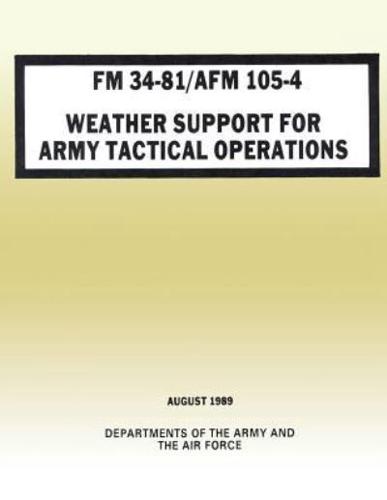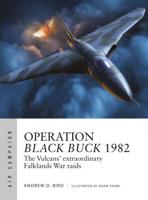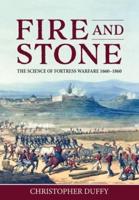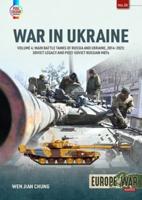Publisher's Synopsis
The AirLand Battle is an extended, integrated battle involving all air and land forces. Conventional, nuclear, chemical, and electronic weapons are integrated to attack enemy forces throughout the depth of their formations. Basic to the AirLand Battle is the fact that modern battles will be fought by air and land forces working together. Interaction and cooperation must extend into almost every function of combat. The potential AirLand battlefield exists wherever United States forces face relatively modern, well-equipped forces using Soviet tactics and operational concepts. These forces are typified by the Warsaw Pact in Central Europe and the mechanized forces in the Middle East and Korea. The Army and Air Force must be prepared to fight and win by using all available combat power throughout every dimension of the battlefield. Combat power depends on more than troops and weapons systems. It requires the integration of communications, intelligence, and other types of combat support (CS) and combat service support (CSS). These factors may be decisive, since commanders can manipulate and control them to achieve a tactical advantage. Weather is the singled decisive factor over which commanders have little or no control. Weather may be the most significant factor considered in all combat operations. Many battles were won or lost due to the impact of weather. Some examples are the Spanish Armada, Operation Overlord, Battle of Trenton, Battle of Stalingrad, and the Battle of the Bulge, as well as Napoleon's, and Hitler's attempts to take Moscow. Although commanders have no control over weather, they can take advantage of it or minimize its effects through planning. To do so, they need support form meteorological elements operating from the tactical to the national and international levels. This manual provides weather support doctrine for combat operations. FM 100-5 describes operations and FM 34-1 describes intelligence and electronic warfare operations. The target audience includes Army and Air Force commanders and staffs. It also includes those US Air Force (USAF) weather teams (WETMs) deployed in support of Army tactical commands and echelons above corps (EAC) which provide weather data to lower echelon WETMs.









